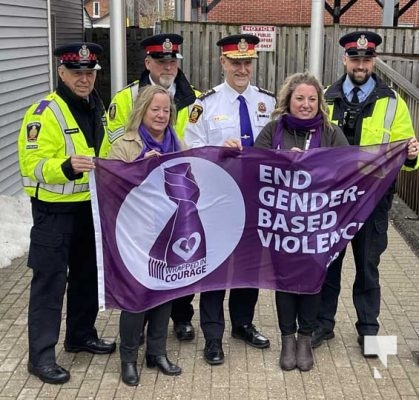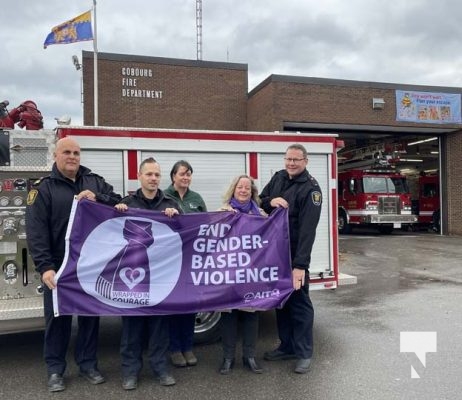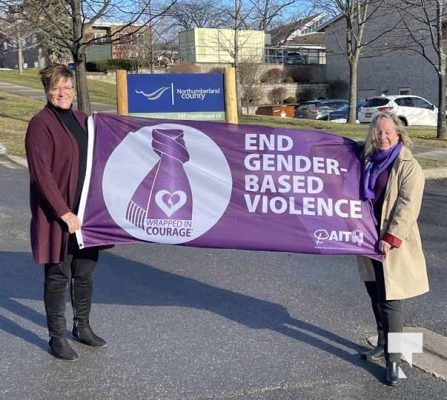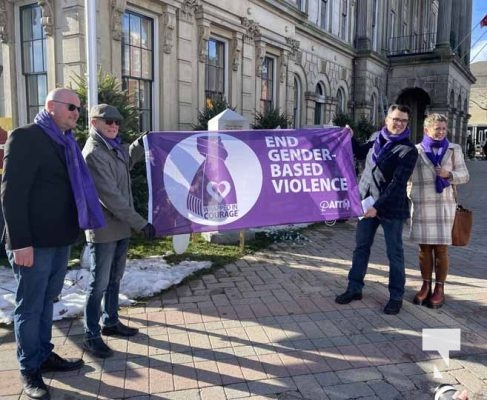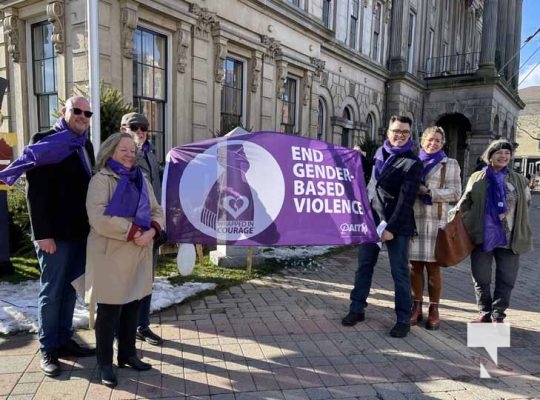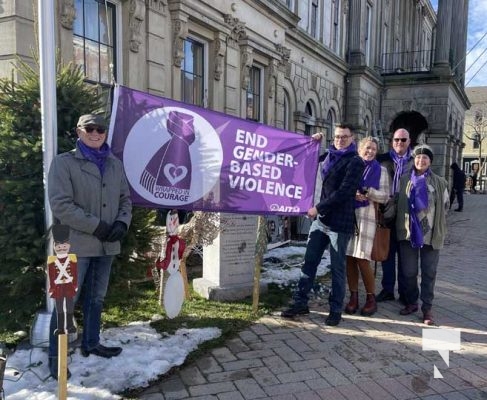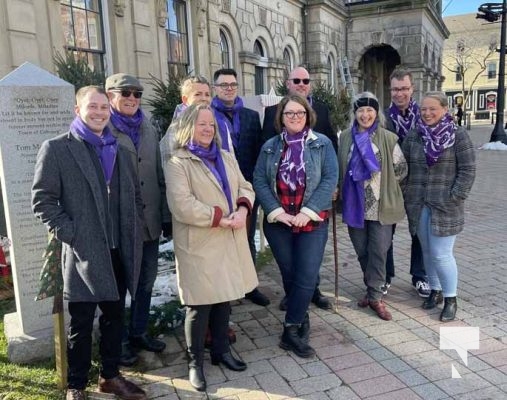On Friday, November 25, 2022, the Ontario Association of Interval Houses (OAITH) has released the 2021-2022 Annual Femicide List acknowledging 52 women and girls who lost their lives to femicide over the past year in Ontario. November 25th marks the International Day for the Elimination of Violence Against Women, and the first day of the 16 Days of Activism to End Gender-Based Violence. Today is a day to challenge the long standing complacency towards inequity, remember the lives taken and recognize the lasting impact of these losses on communities and families.
As we release our Annual Femicide List today highlighting 52 femicides in 52 weeks we are urging all Ontarians, Elected Officials and those working in systems and services to do their part by prioritizing the safety of survivors so that they don’t end up on our femicide list. Ultimately, these rates reflect larger systemic issues and conditions that have led to tragic outcomes. Left unaddressed we will continue on a trajectory that doesn’t prioritize or value the safety concerns for survivors of gender-based violence. Femicide prevention is a non-partisan issue which must be the priority of every leader and all levels of government across our province.”
- Marlene Ham, Executive Director, Ontario Association of Interval & Transition Houses
OAITH has been tracking femicides in Ontario for over thirty years, and we are aware of more than 980 victims of femicide who have lost their lives to gender-based violence, all perpetrated by men, and in most cases, men who knew them. These numbers are a shocking reminder of ongoing oppression, hatred, inequity and lack of access to basic human rights. Access to housing, poverty reduction supports, equitable health care, food security and responsive services and systems that prioritize safety will provide the foundation to build a future free of violence in Ontario.
Each name is more than a headline, it’s a family member, a friend, a worker, a neighbor. Every life lost to gender-based violence is one too many. Recommendations such as those from the Carol Culleton, Anastasia Kuzyk and Nathalie Warmerdam Inquest, prior Ontario Inquests and the Domestic Violence Death Review Committee identify the actions that can be taken by professionals, community members, government ministries, services and systems to sustainably prevent femicide. We call on all Ontarians to step forward by taking concrete, meaningful action to prevent femicide in their community.
Flags were raised at the Cobourg Police Station, Cobourg Firehall, Victoria Hall and the Northumberland County building.
2021-2022 Annual Femicide List- Snapshot of Trends
Not Just About Intimate Partner Violence: 19 Intimate partner femicides (37%), 11 femicides perpetrated by family members (21%), 8 femicides perpetrated by men known to the victim (15%) and 14 femicide cases where relationship details have not been provided but evidence suggests the killing was targeted (27%). Responses to address gender-based violence (GBV) and femicide prevention must be broad in scope and apply to a range of victim perpetrator relationships and all types of gender-based violence.
Home Is Not Safe For Everyone: 77% of all femicide cases this year occurred either inside, or outside of a residence. Access to safe, affordable housing is a human right which affects every aspect of well-being, however many women, children and gender-diverse individuals experiencing violence face constant fear of violence while at home.
Systemic & Structural Inequity: Indigenous identities account for 2.8% in Ontario, yet 4% of all victims in the 20/21 femicide data were Indigenous women. Similarly, 4.7% of Ontario’s population is Black, yet, Black women account for 8% of victims on the 21/22 femicide data. Indigenous, Black and Racialized women experiencing violence have diverse, unique needs that are often overlooked in research, policy and practice–leading to increased barriers to gender-based violence support. Colonization, racial and cultural systemic violence lead to the invisibility of Indigenous and Black women within femicide discourse compounding both the risk of femicide and overall impacts of gender-based violence.
Femicides Occur Across the Lifespan: The youngest femicide victim was 8 years old and the oldest femicide victim, this year, was 88 years old. Femicide victims over the age of 55 represented 21%. Impacts of all forms of GBV compound as survivors age, ultimately accumulating throughout the life stages. Impacts of violence are also compounded by systemic oppression and intergenerational trauma (including residential schools), contributing to increased stigma for older women and additional barriers in accessing support. Despite this, GBV service and prevention is often focused only on younger women.
Rural and Small Communities: 17% of Femicide victims were killed in a rural or small population center. Those experiencing gender-based violence in rural areas often face additional risks and barriers to support, including physical and social isolation, long distances between neighbours, lack of or no accessible transportation, limited services, lack of anonymity, animal and livestock responsibilities, and limited affordable housing.


